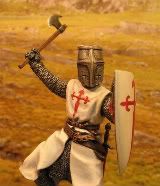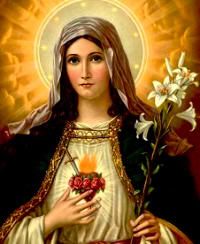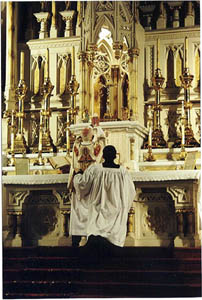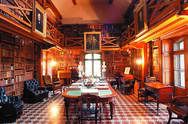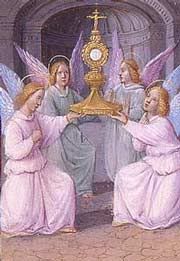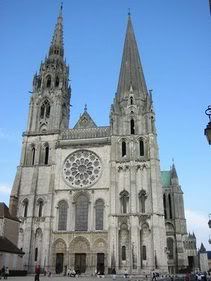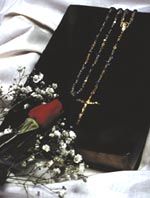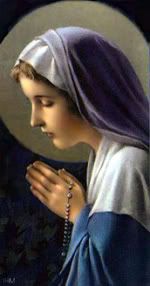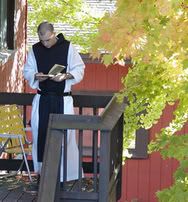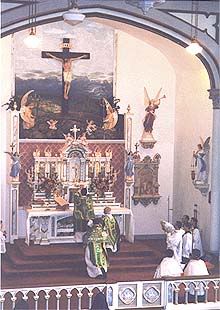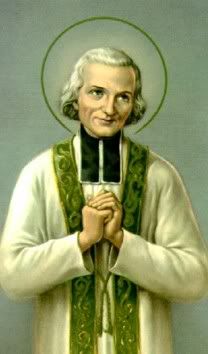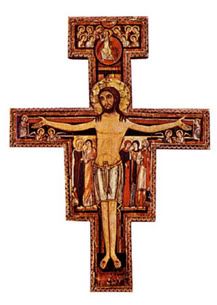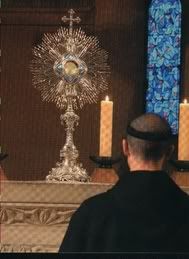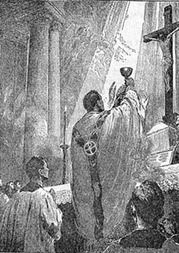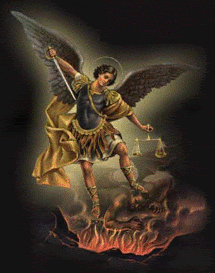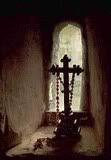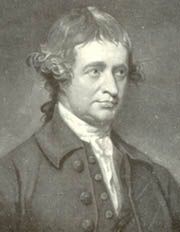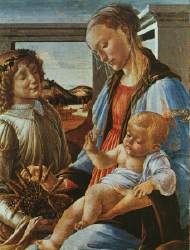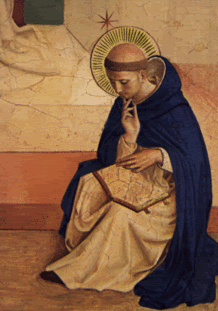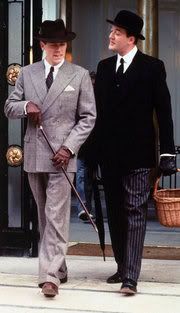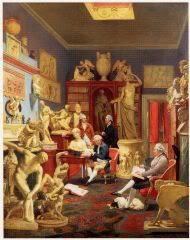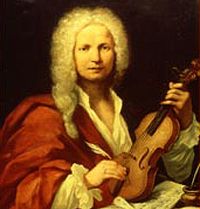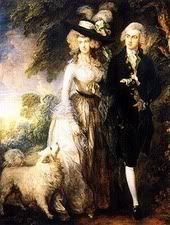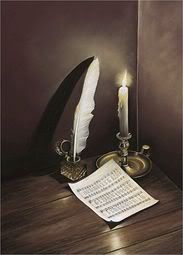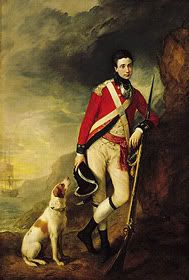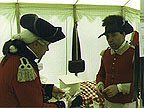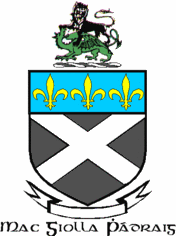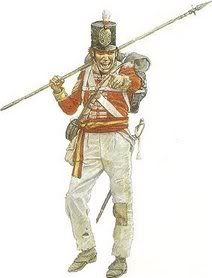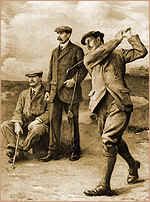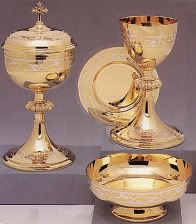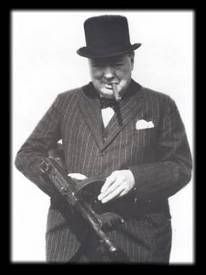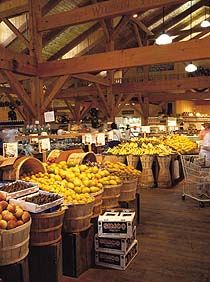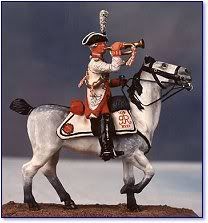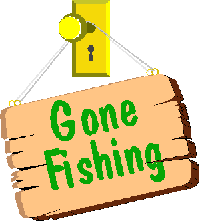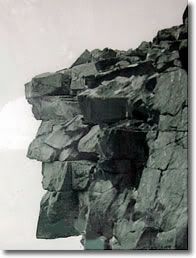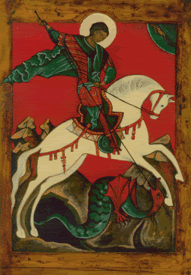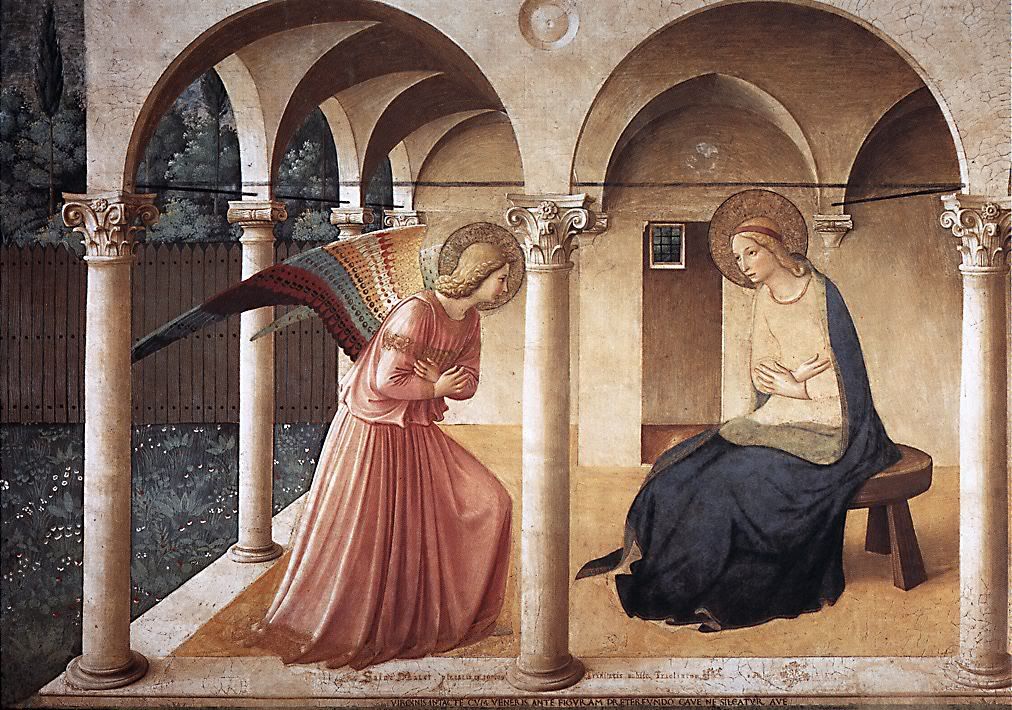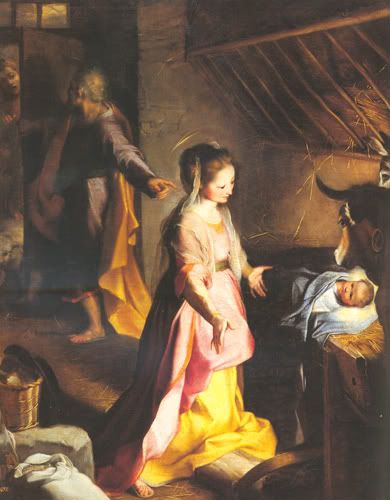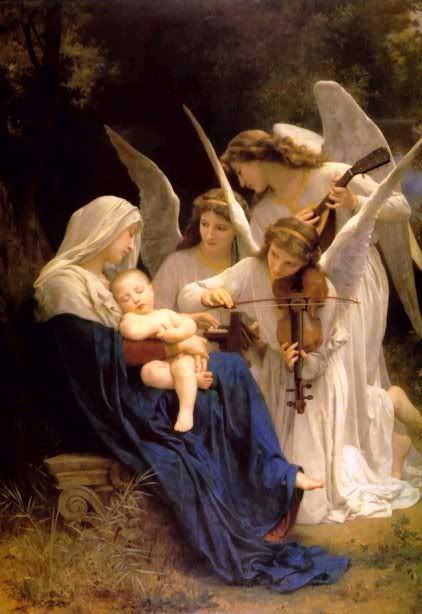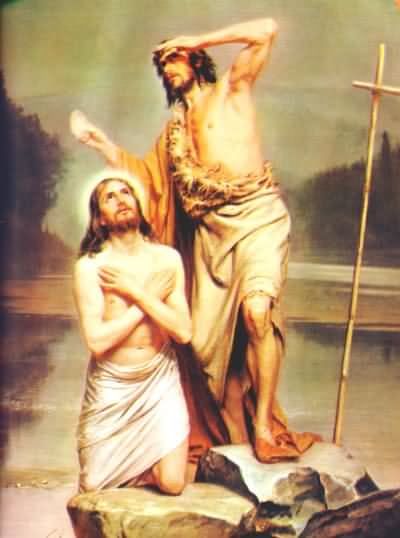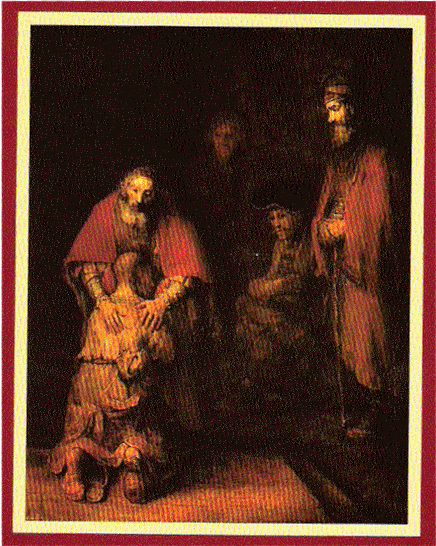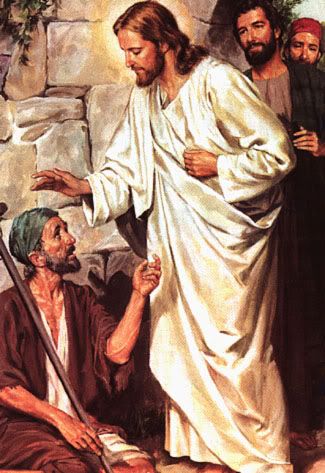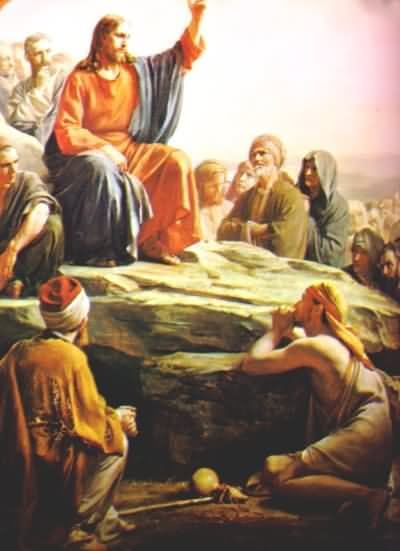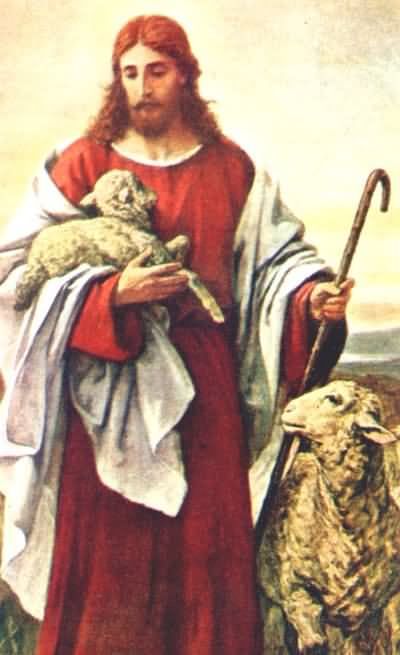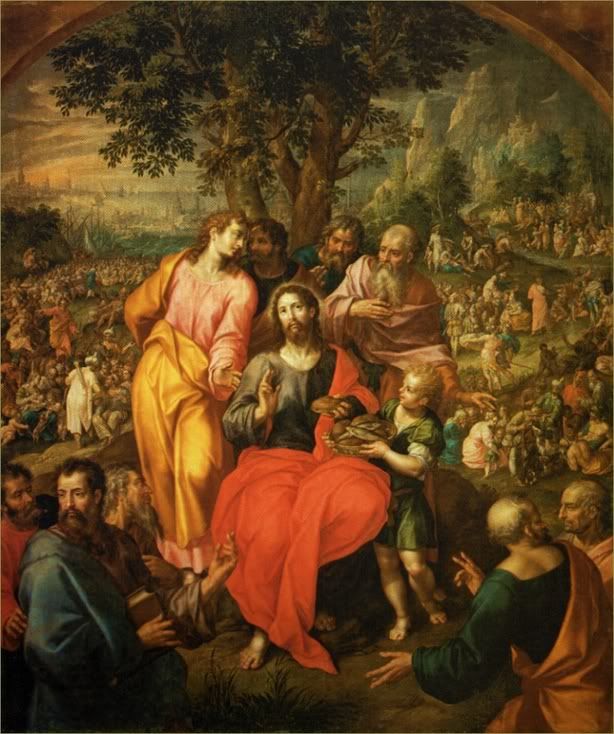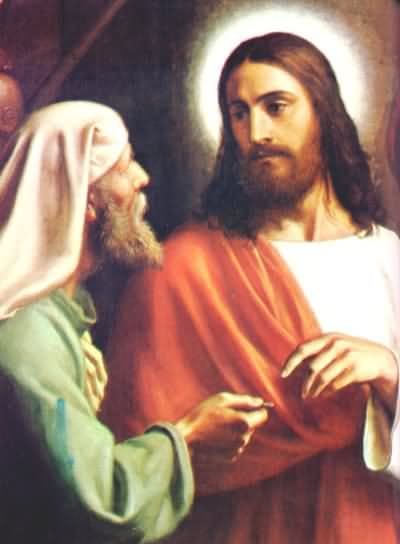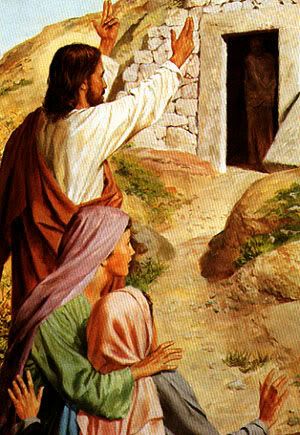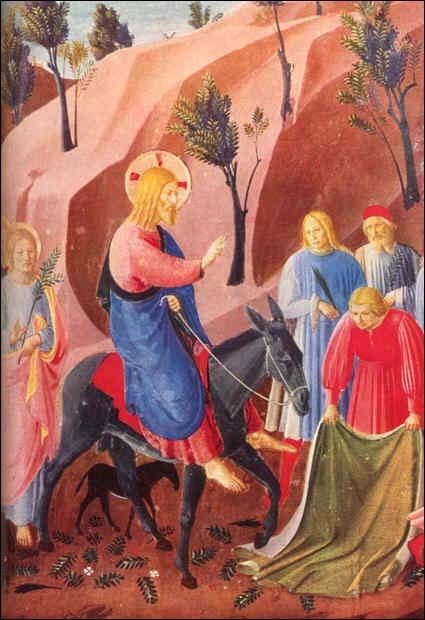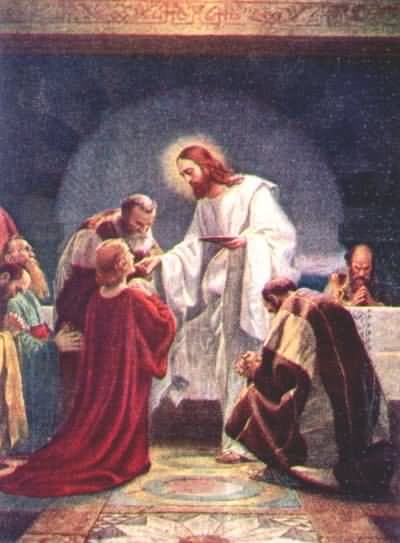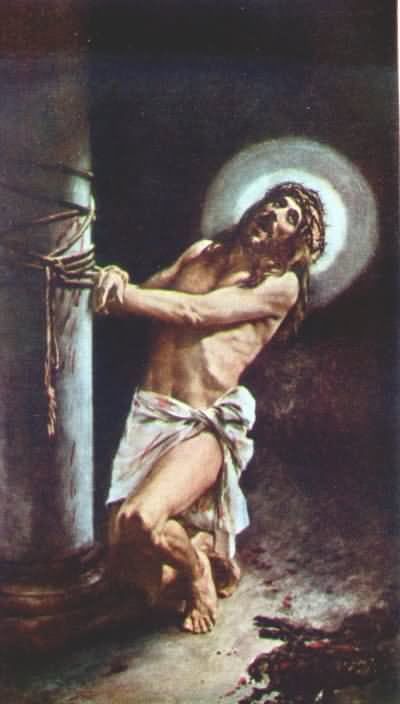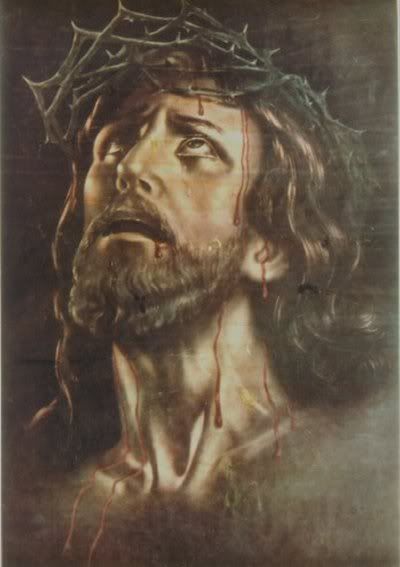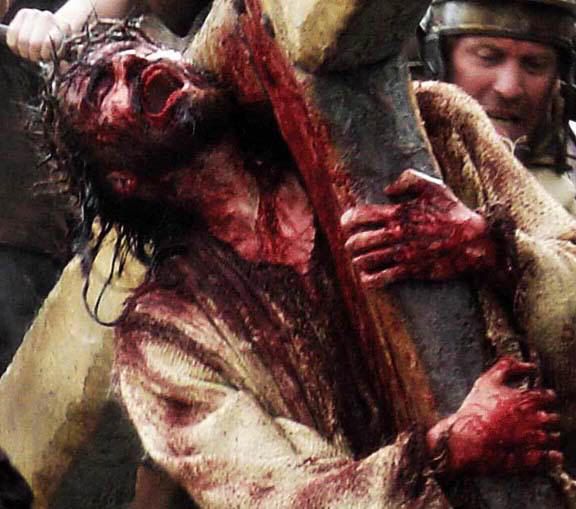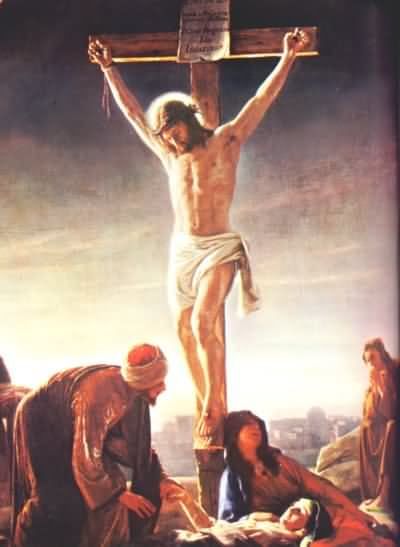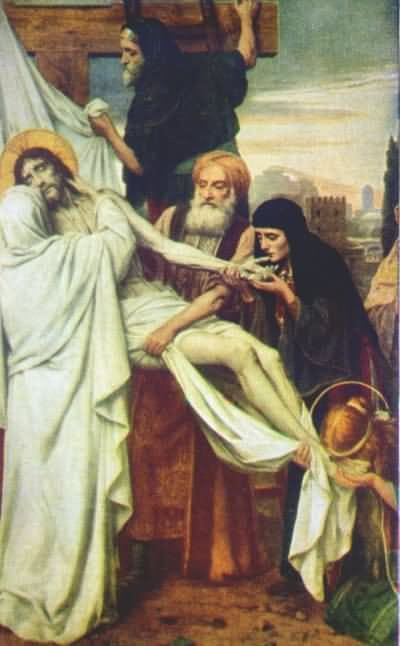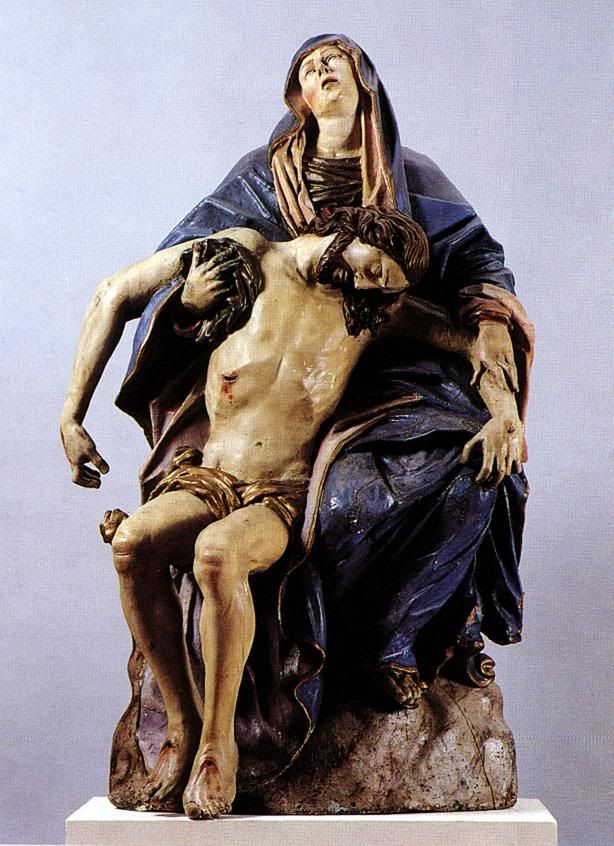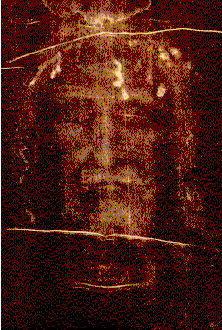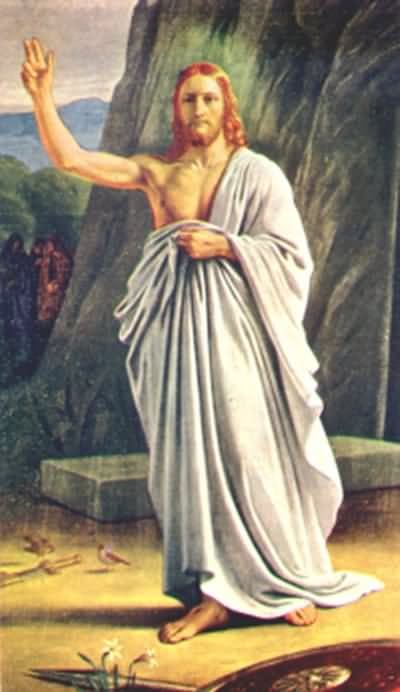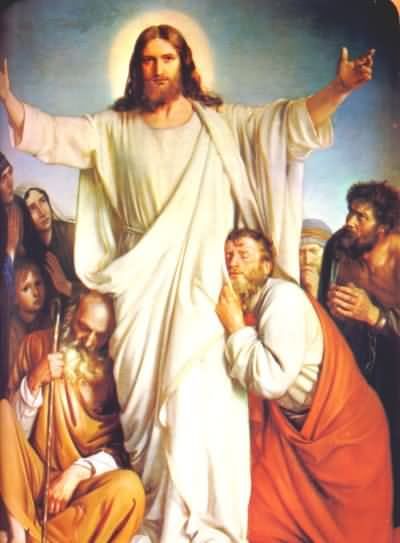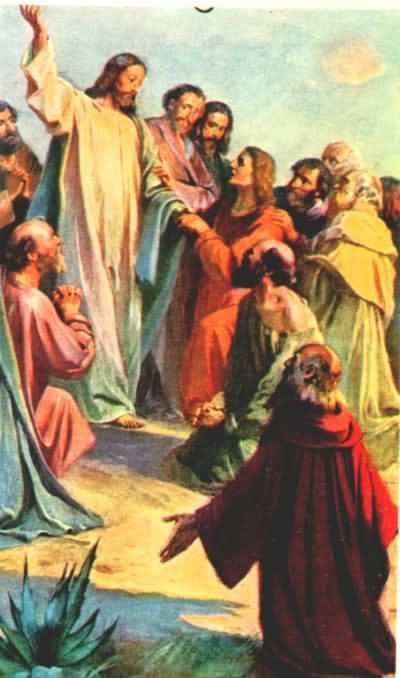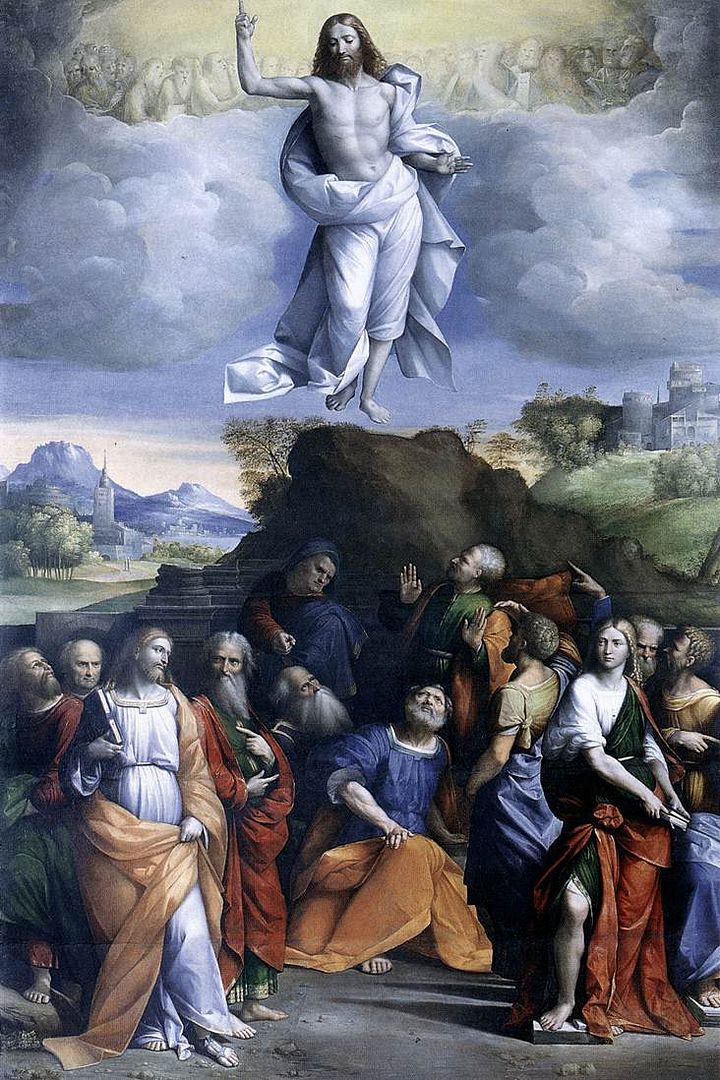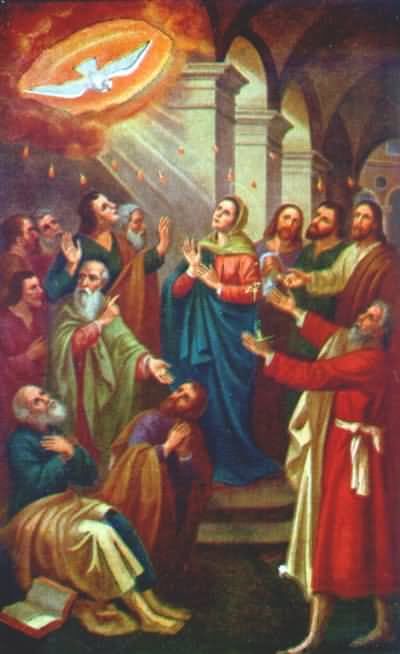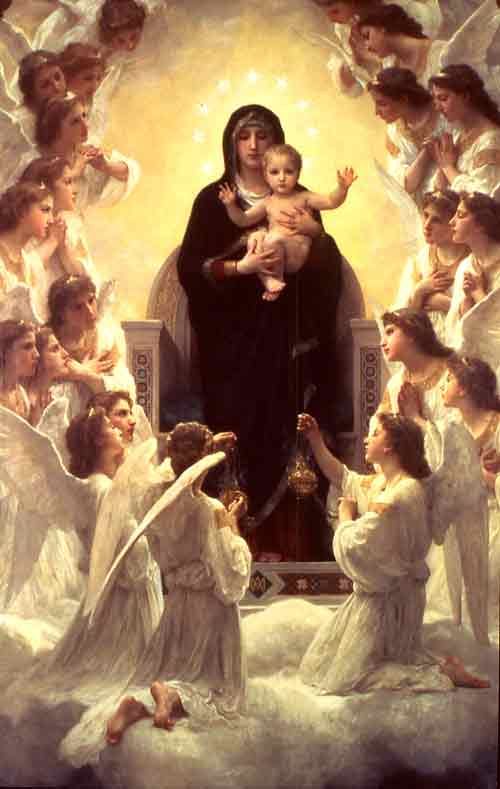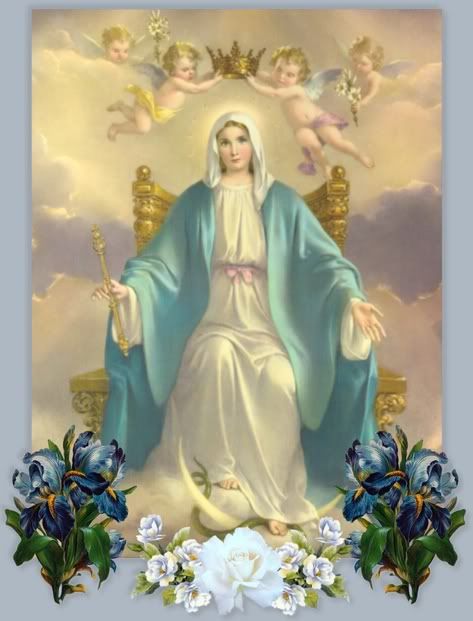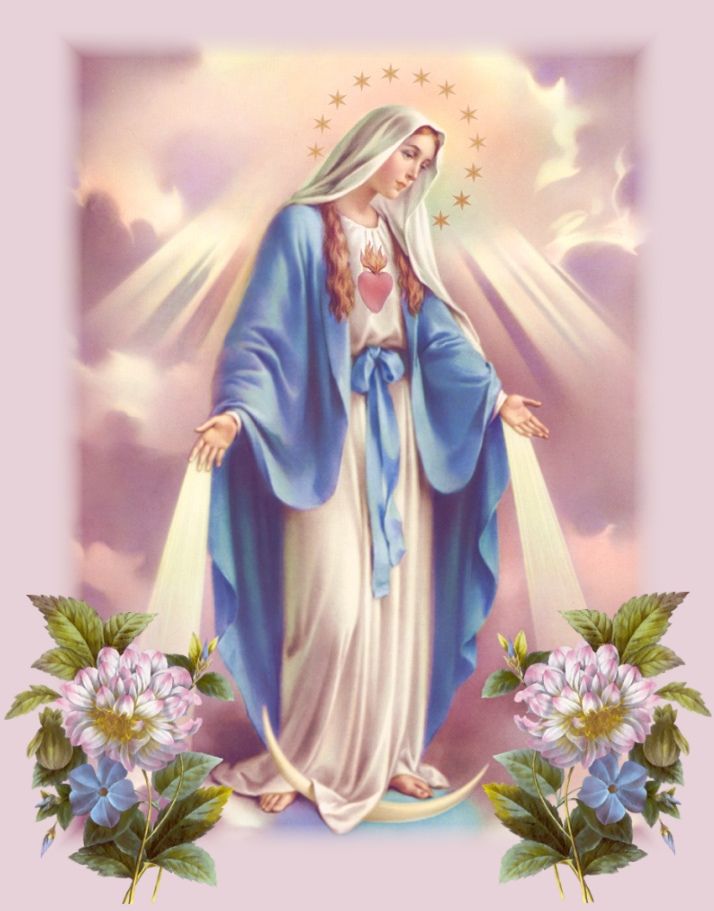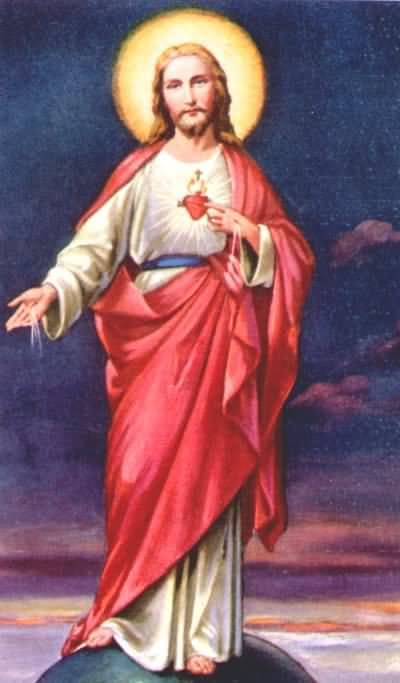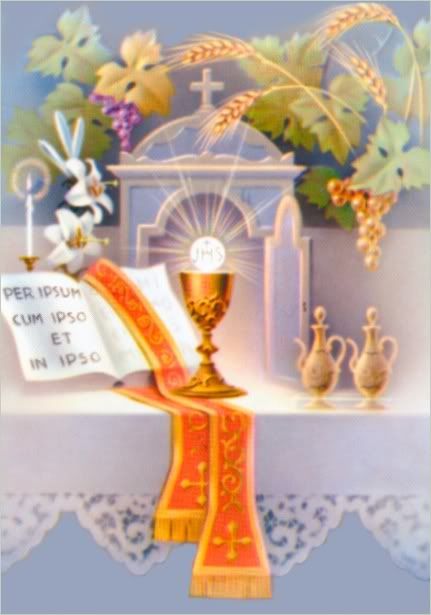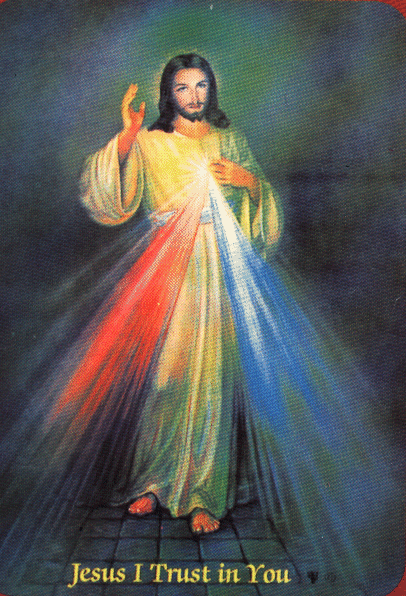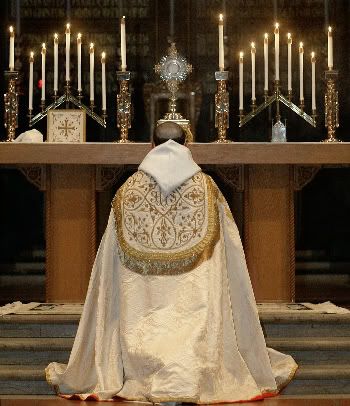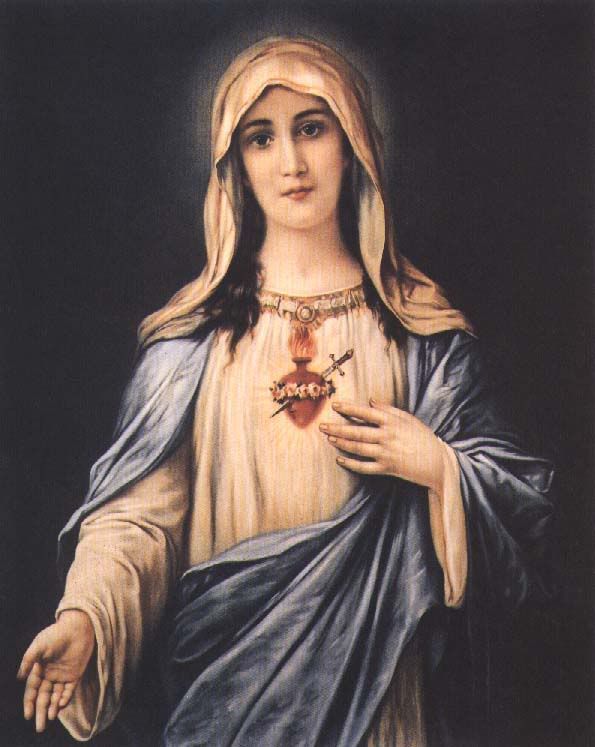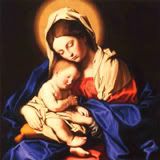Saturday, June 23, 2018
Vigil of the Nativity of Saint John the Baptist
Also known as Midsummer Day's Eve.

St. John the Baptist before Herod
from the Petite Heures du Jean, Duc de Berry
The Church typically celebrates saints on the anniversary of their entering into eternal life. Only three persons' nativities are celebrated.
The Nativity of our Lord, of course is the second most important feast of the year(Christmas). We celebrate His Nativity, of course, be cause He is God the Son, and the Redeemer of all mankind.
The Nativity of the Blessed Virgin Mary is celebrated on September 8th, though it does not generate a great deal of devotional attention. We celebrate her nativity because she was the ark of the new covenant, and the only woman conceived without the stain of original sin.
And St. John the Baptist's nativity on June 24th has always been more popular, because it is one of those natural coincidences between the celebration of the natural year, and the Christian calendar. We celebrate St. John the Baptist's nativity because he was sanctified in his mother's womb, when Our Lady visited her and St. John leapt in joy inside her.
It is close to the longest day of the year (the summer solstice), as Christmas is close to the shortest. It was typically celebrated in medieval times with Mass, bonfires, rolling flaming cart wheels downhill, public feasting, flower garlands, gathering of herbs (especially St. John's Wort), and religious processions.
And most of the jollification took place on the Eve of St. John's Nativity, which would be tonight. Most holydays were celebrated as wakes, with the merrymaking beginning the evening before, just as we today consider Christmas celebrations to have begun after the first Mass for Christmas (4pm on Christmas Eve).
Also, like Christmas, it is a "quarter day," when quarterly rents and other obligations were due. The Quarter Days are March 25th (Lady Day) June 24th (Midsummer Day) September 29th (Michaelmas), and December 25th (Christmas).
Andrew at The Shrine of the Holy Whapping has more on St. John's Eve customs.

St. John the Baptist before Herod
from the Petite Heures du Jean, Duc de Berry
The Church typically celebrates saints on the anniversary of their entering into eternal life. Only three persons' nativities are celebrated.
The Nativity of our Lord, of course is the second most important feast of the year(Christmas). We celebrate His Nativity, of course, be cause He is God the Son, and the Redeemer of all mankind.
The Nativity of the Blessed Virgin Mary is celebrated on September 8th, though it does not generate a great deal of devotional attention. We celebrate her nativity because she was the ark of the new covenant, and the only woman conceived without the stain of original sin.
And St. John the Baptist's nativity on June 24th has always been more popular, because it is one of those natural coincidences between the celebration of the natural year, and the Christian calendar. We celebrate St. John the Baptist's nativity because he was sanctified in his mother's womb, when Our Lady visited her and St. John leapt in joy inside her.
It is close to the longest day of the year (the summer solstice), as Christmas is close to the shortest. It was typically celebrated in medieval times with Mass, bonfires, rolling flaming cart wheels downhill, public feasting, flower garlands, gathering of herbs (especially St. John's Wort), and religious processions.
And most of the jollification took place on the Eve of St. John's Nativity, which would be tonight. Most holydays were celebrated as wakes, with the merrymaking beginning the evening before, just as we today consider Christmas celebrations to have begun after the first Mass for Christmas (4pm on Christmas Eve).
Also, like Christmas, it is a "quarter day," when quarterly rents and other obligations were due. The Quarter Days are March 25th (Lady Day) June 24th (Midsummer Day) September 29th (Michaelmas), and December 25th (Christmas).
Andrew at The Shrine of the Holy Whapping has more on St. John's Eve customs.


